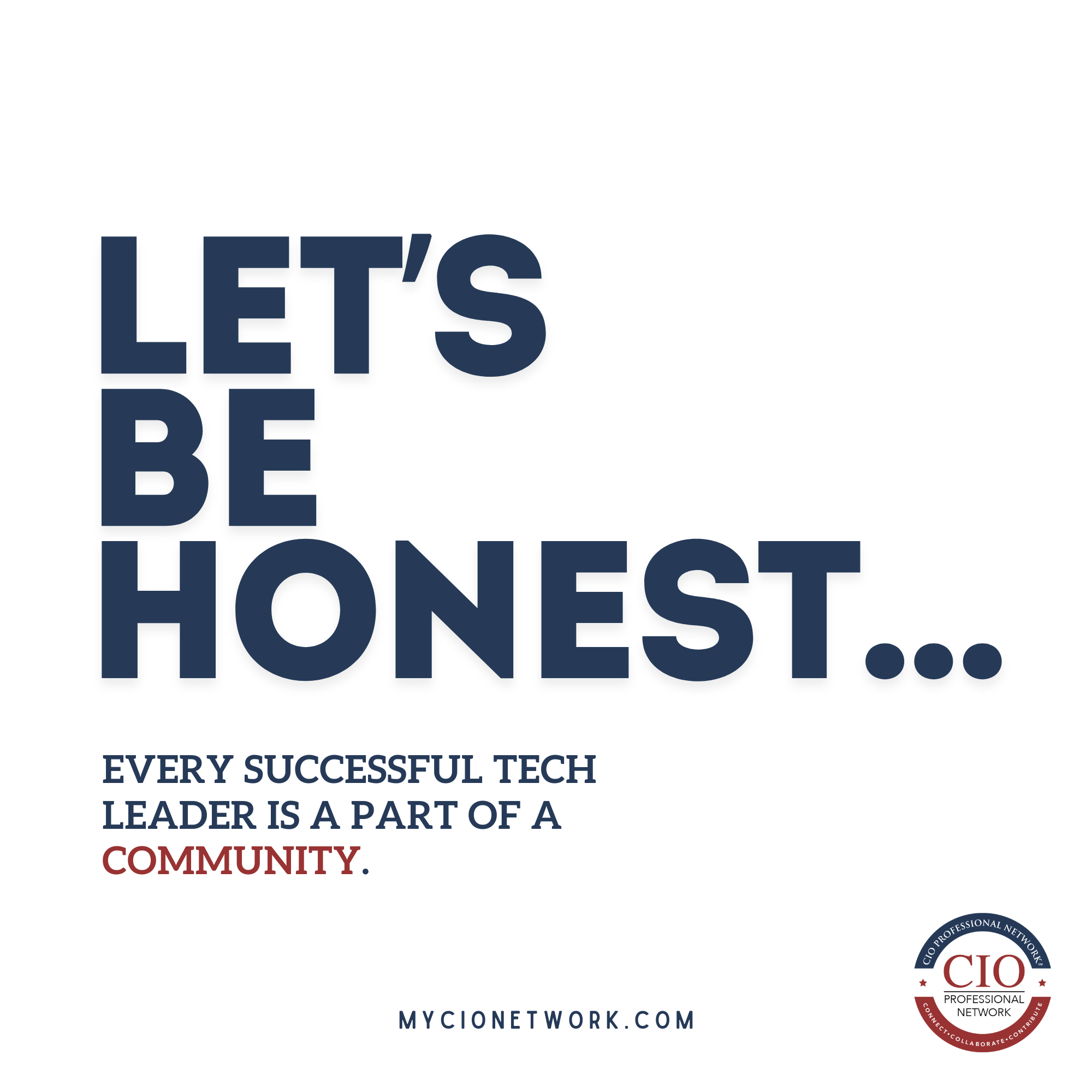When we think of artificial intelligence in the enterprise, our minds often turn to data operations, automation, or cybersecurity. But at Moderna, Tracey Franklin, Chief People and Digital Technology Officer, is using AI to tackle something far more human: executive conflict.
Speaking at Fortune’s Workplace Innovation Summit, Franklin revealed how she leverages GPT-powered personality models to foresee and manage tension within her leadership team before it surfaces. Not your typical AI use case, but it could mark a shift in how executives lead with foresight, empathy, and precision.
AI as a Leadership Asset
Franklin’s initiative began with a simple but rarely explored idea: personality traits and interpersonal reactions can be modeled. By building GPT profiles of her executive team, grounded in psychometric assessments, she began testing hypothetical scenarios to understand how decisions or conversations might impact team dynamics.
This form of simulation allows her to preemptively identify friction points, modulate her communication strategies, and preserve cohesion at the highest levels of leadership.
This is predictive analytics, not for customer churn or server load, but for people.
From Operational AI to Organizational Intelligence
What sets Franklin’s approach apart is its potential to redefine how technology executives leverage AI. Instead of deploying AI strictly for efficiency or scalability, she’s using it to elevate human judgment.
As hybrid teams and cross-functional collaboration become standard, soft skills are emerging as a major source of competitive advantage. By proactively managing interpersonal dynamics, Franklin is leveraging AI not just to manage complexity, but to master it.
It’s a compelling reminder that the most overlooked systems in an organization might be human ones.
Your next enterprise transformation initiative might start in the boardroom, not the backend.
Coaching the Coach
Beyond team dynamics, Franklin has found personal value in the system. On tough days, she consults her GPT model for self-reflection, gaining insight into her own reactions and mental patterns. In effect, the AI has become a sounding board, a coach, and a quiet partner in leadership.
This illustrates an emerging role for AI: not just a decision-support engine, but a wellness and performance tool for executive leaders.
AI isn’t just running the numbers, it’s reading the room.
The Wrap
Franklin’s work at Moderna invites technology executives to consider AI not just as infrastructure, but as influence. This is a blueprint for applying AI to the unseen variables of leadership: emotion, perception, and trust.
A reminder that in a world driven by metrics and velocity, human dynamics still determine outcomes. By proactively modeling relationships and reactions, Franklin has introduced a new layer of intelligence into leadership.
Technology executives may be accustomed to systems thinking, but this approach calls for systems feeling. And it may well be the next major frontier in executive effectiveness.






